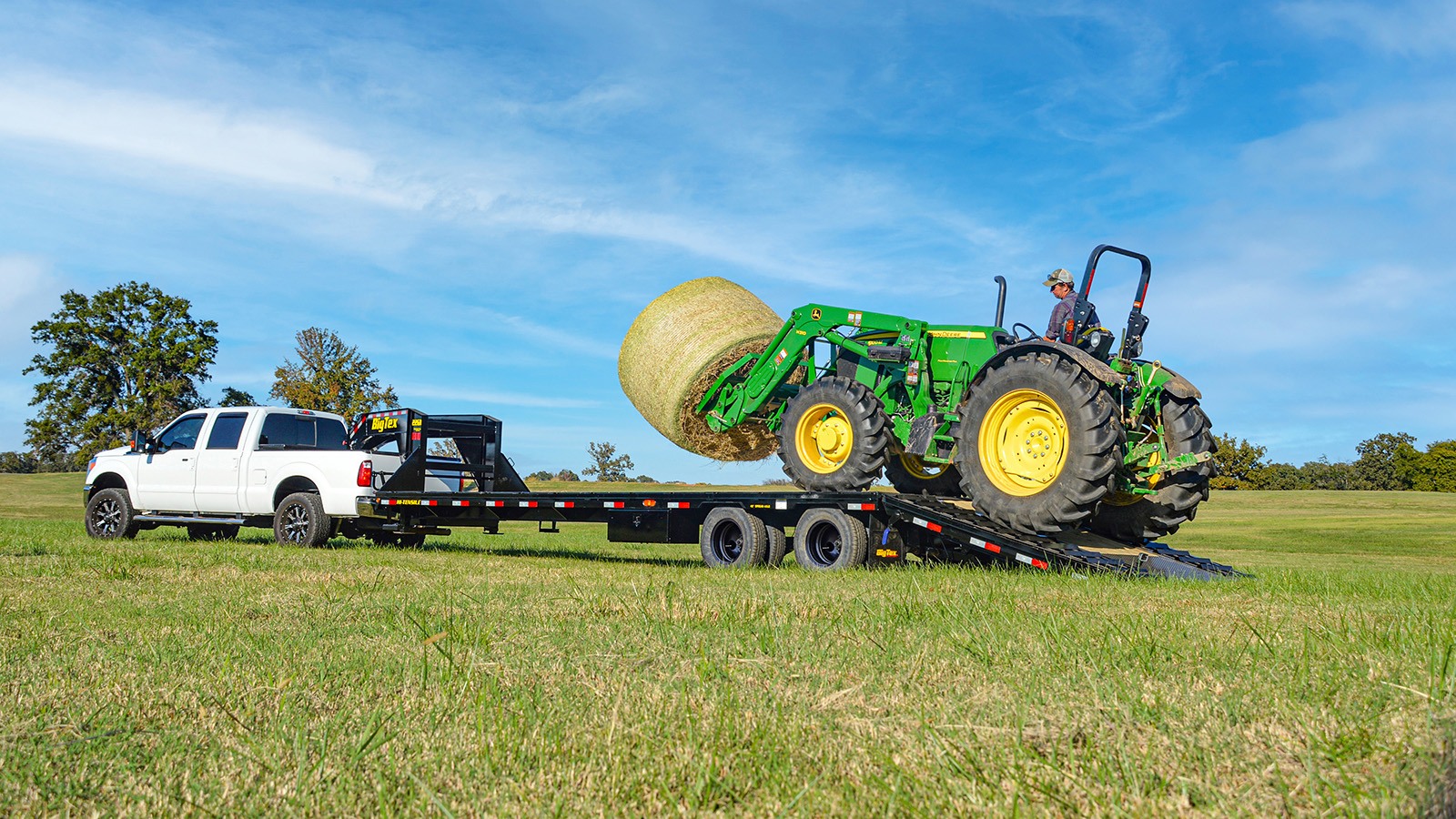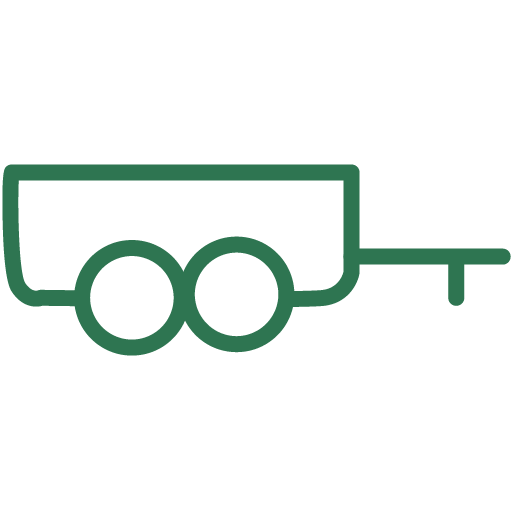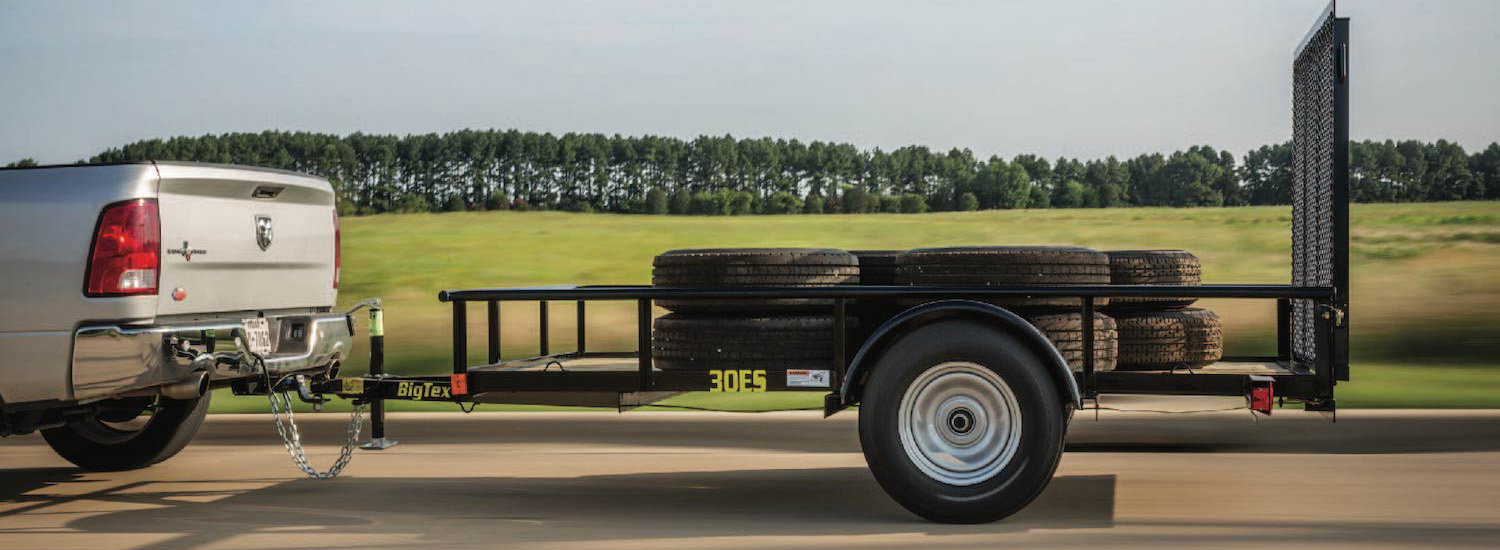


Rent-to-Own Solutions
From the welcome call to the final payment, our goal is that every customer has a simple path to ownership. With flexible terms and no credit check, we help you bring it home.

Bring it Home
Our Rent-to-Own solution offers easy online application with minimal requirements, allowing our customers a simple, affordable solution with quick turnaround time.

Become a Partner
We serve our Rent-to-Own customers through a network of dealer partners and asset recovery partners in 20 states in the U.S.
We provide a simple, affordable solution for people to have the things they need when they need them. We help dealers and customers bring it home.


Jade
I highly recommend this company. I’ve been a customer for more than 24 months. They had the best option for purchasing my storage shed and have delivered excellent service. If you’re looking for a strong bank that can immediately purchase your building etc, I’d recommend them. Jazmine has been so kind too for me personally when needing to partner with them, thank you!

Brian O.
Awesome customer service and the building is exactly as we ordered. Very Impressed and will use again in the future.
